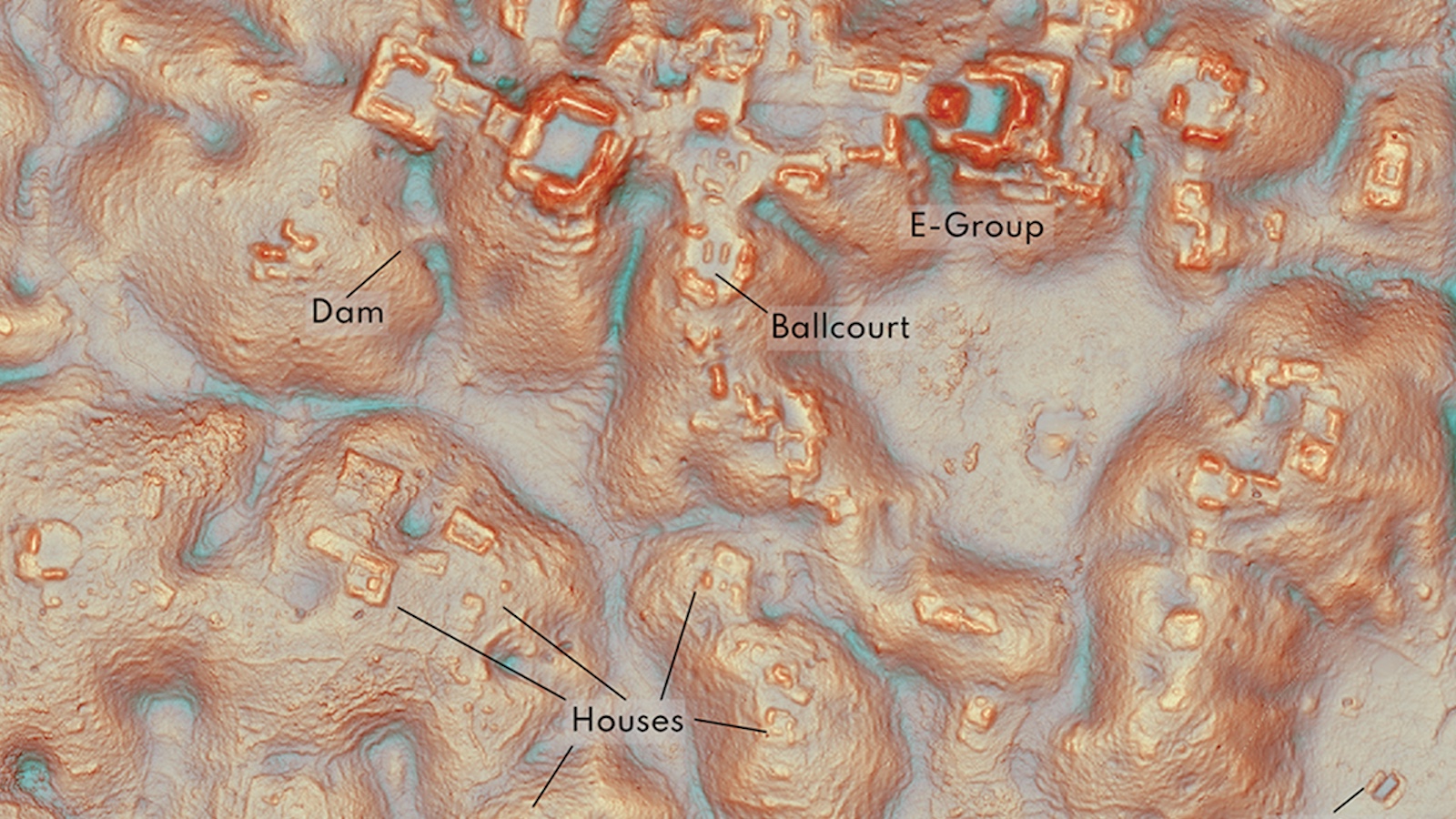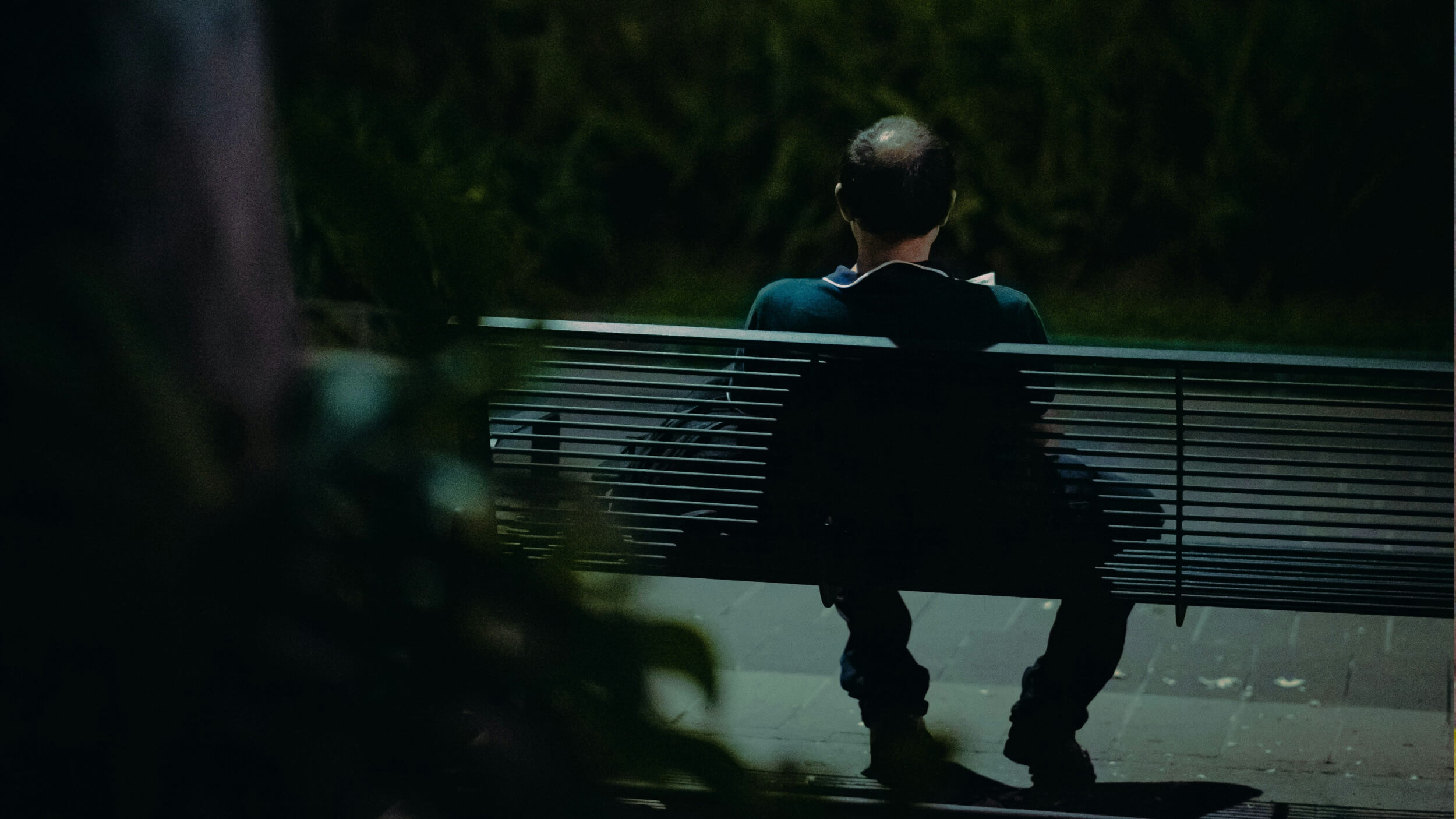What If the Old Masters Painted Modern Ideals of Beauty?

If Botticelli’s The Birth of Venus shown above seems a bit off, you’re right. In this version of “Venus on the Half-Shell,” the goddess is almost half her self, thanks to some deft photoshopping by Italian artist Anna Utopia Giordano. Giordano poses the question of what the classic beauties of art history’s past would look like today given the current ideal of feminine beauty—and comes up with some frankly grotesque results. After watching a who’s who of art history’s Venuses pass by after Giordano’s extreme health makeover, you’ll never think of beauty as an absolute ever again.
Giordano uses artist’s depictions of Venus, Roman goddess of love, sex, and beauty, as a test case for changing ideas about the ideal female form. The divine nine paintings Giordano alters are, in chronological order, Titian’sVenus of Urbino (1538), Agnolo Bronzino’s Venus, Cupid, Folly, and Time (ca. 1545), Artemisia Gentileschi’s The Sleeping Venus (1625-1630), Diego Velázquez’s Rokeby Venus (1644–1648), Richard Westall’s The Power of Venus (ca. 1800), Francesco Hayez’s Venus (1830), Jean-Auguste-Dominique Ingres’ Venus Anadyomène (1848), Alexandre Cabanel’s The Birth of Venus (1863), and William-Adolphe Bouguereau’s The Birth of Venus (1879). That’s 341 years’ worth of female idealization, yet the fullness of figure from Titian to Bouguereau remains pretty much consistent. With the exception of Artemisia, all the artists are men, but even her painting fits the standard description of feminine beauty. What may be the most remarkable trivia note from the bunch is the fact that the model of Hayez’s Venus of 1830 was a ballerina of the time named Carlotta Chabert. Ballet had only evolved from a form of courtly entertainment into a public art form comparable to opera in the 18th century, but the difference between the curvy Carlotta and today’s skeletal ballerinas (think of the haggard Natalie Portman in Black Swan) is mind boggling.
When Giordano “modernized” these Venuses—by enlarging their breasts and shrinking their waists and overall girth—her point about today’s beauty industry is clearly made. You could extend this experiment to other Old Masters. Imagine the famously “Rubenesque” figures of Rubens’ sensually curvaceous Three Graces withered into “Victoria’s Secret” models. Think of Renoir’s Large Bathers shrunk down to the Barbie doll dimensions of Sports Illustrated swimsuit models. Of course, Old Masters would sometimes distort the female form for effect, as in Ingres’ La Grande Odalisque (1814) with her impossibly long back, but those distortions usually accentuated rather than diminished the woman. Today, when it comes to the ideal female body, less is more; back then, more was always more.
One of the most beautiful painted expressions of love I can think of is Rembrandt’s Bathsheba at Her Bath (1654), in which Rembrandt used his beloved partner Hendrickje Stoffels as a model. Although some critics question whether Hendrickje is truly the model, I believe that Rembrandt’s faithfulness to depicting her very real, very female, very human body represents the faithfulness of his love—his vision of her as the ideal woman, his personal Venus, a Bathsheba who held his gaze no matter what. Some critics even see intentionally rendered defects in the model’s breast that could indicate cancer. What Anna Utopia Giordano’s Venus project reminds us that an ideal female form need not be perfect, but perfectly human, flaws and all.





